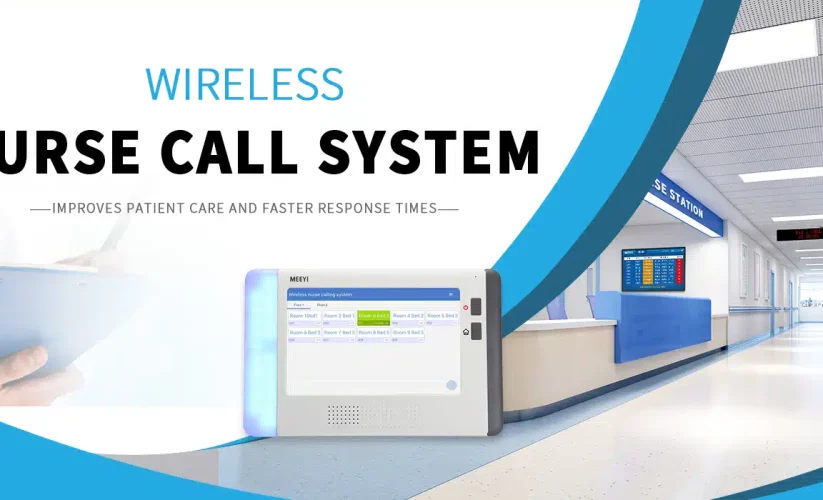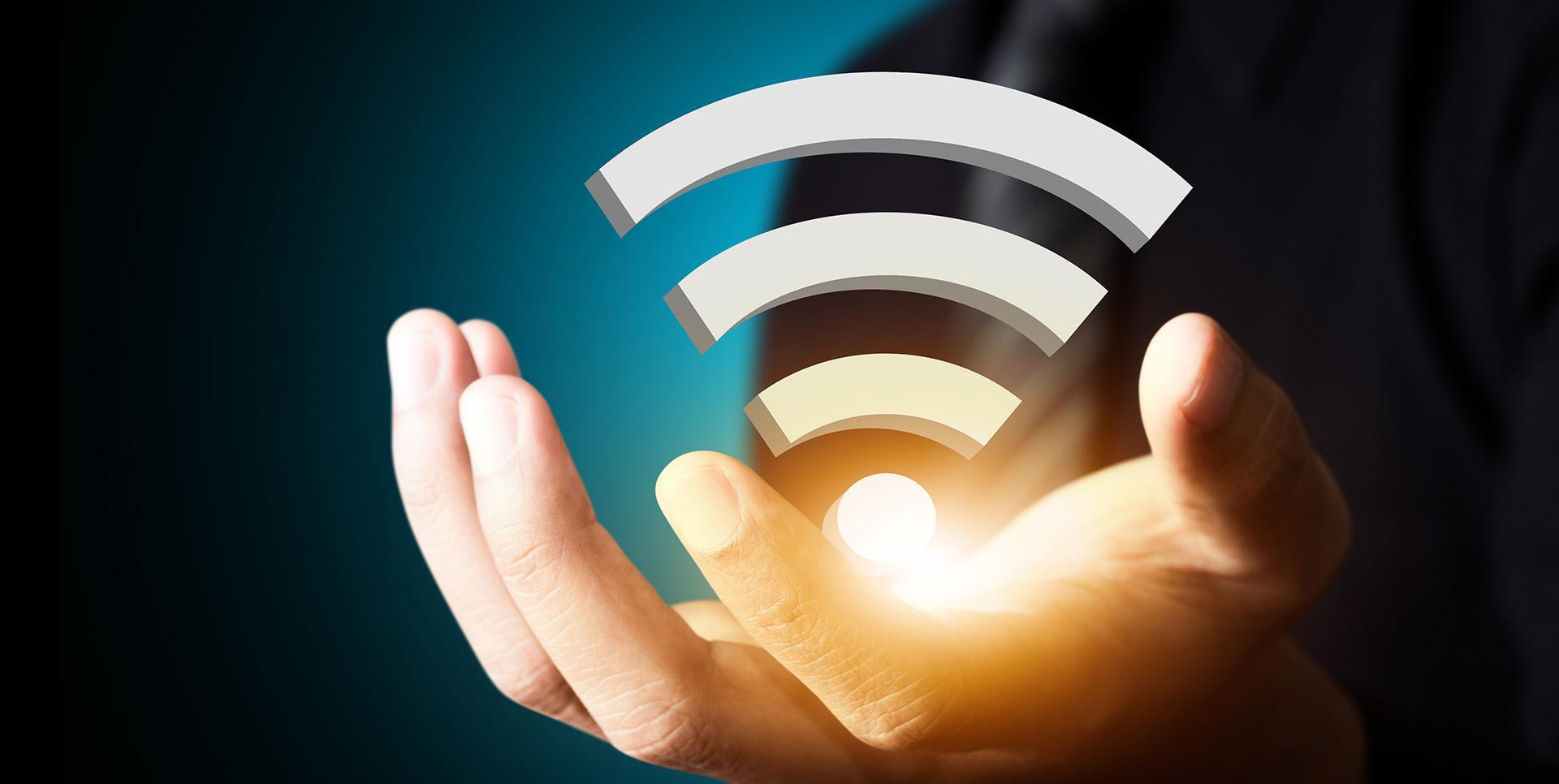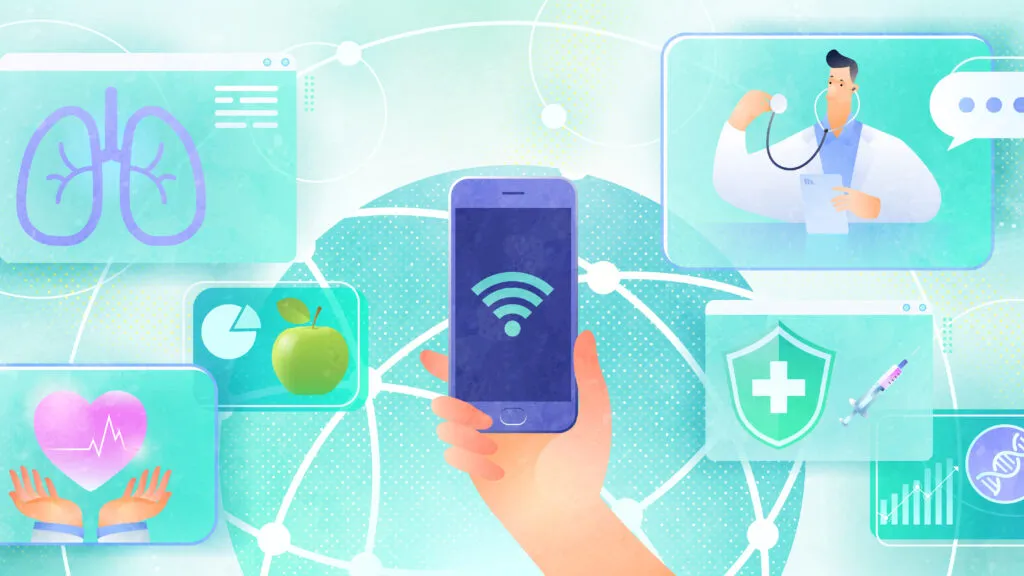
Streamlining Operations with Wireless Nurse Call Systems
In the evolving landscape of healthcare, effective communication and operational efficiency are paramount. One of the most transformative technologies aiding hospitals in achieving these goals is the wireless nurse call system for hospitals. This system enhances the way patients communicate with healthcare staff, ultimately leading to streamlined operations and improved patient care. In this article, we will explore how wireless nurse call systems contribute to operational efficiency, their key features, and the overall impact on hospital workflows.
Understanding Wireless Nurse Call Systems
A wireless nurse call system is a communication solution designed to enable patients to alert nursing staff when they require assistance. Unlike traditional wired systems, which can be cumbersome and limited, wireless systems use radio frequency or Wi-Fi technology to transmit alerts instantly. This immediacy not only enhances patient safety but also allows healthcare providers to respond more effectively to patient needs.
Key Components of Wireless Nurse Call Systems
- Patient Call Buttons: These are the primary interface for patients, allowing them to request help easily. Designed for accessibility, these buttons can be placed within easy reach, ensuring that assistance is always just a press away.
- Wireless Transmitters: When a patient presses the call button, a wireless transmitter sends an alert to the nursing station or directly to the mobile devices of staff members. This immediate communication is crucial for timely response.
- Mobile Devices: Many systems enable alerts to be sent directly to nurses’ smartphones or tablets, allowing for quick responses regardless of their location within the hospital.
- Centralized Monitoring Stations: These stations display real-time alerts from patients, helping nursing staff manage requests efficiently and prioritize responses based on urgency.
- Integration Capabilities: Modern systems often integrate with other hospital technologies, such as electronic health records (EHR), enabling a more comprehensive approach to patient care.
Benefits of Wireless Nurse Call Systems
1. Enhanced Communication
Wireless nurse call systems vastly improve communication between patients and healthcare providers. With immediate alerts, staff can respond to patient needs quickly, reducing wait times and enhancing the overall patient experience. Effective communication is essential for maintaining patient satisfaction and safety.
2. Increased Operational Efficiency
By streamlining the communication process, wireless nurse call systems allow healthcare providers to manage their time more effectively. Nurses can receive alerts on their mobile devices, enabling them to respond to multiple patients without being tied to a nursing station. This flexibility enhances workflow and optimizes staff deployment.
3. Improved Patient Safety
Safety is a top priority in healthcare. Wireless nurse call systems enhance patient safety by enabling immediate alerts for emergencies or urgent needs. For instance, if a patient falls or experiences severe discomfort, they can alert staff without delay, ensuring timely assistance and potentially preventing complications.
4. Data Analytics and Performance Monitoring
Many modern wireless nurse call systems come with data analytics capabilities, allowing hospitals to track key performance indicators such as response times and alert frequencies. This data can be invaluable for identifying trends, assessing staff performance, and pinpointing areas for improvement. By analyzing this information, healthcare administrators can make data-driven decisions that enhance operational efficiency.
5. Increased Patient Satisfaction
Patient satisfaction is closely tied to the responsiveness of healthcare providers. By implementing a wireless nurse call system, hospitals can ensure that patients receive timely assistance, leading to higher satisfaction scores. When patients feel their needs are addressed promptly, they are more likely to have a positive hospital experience.
Streamlining Operations: How Wireless Nurse Call Systems Make a Difference
1. Reducing Response Times
One of the most significant advantages of a wireless nurse call system for hospitals is the reduction in response times. When alerts are sent directly to mobile devices, nurses can react more swiftly to patient needs. This capability is especially important during peak times when multiple patients may require assistance simultaneously. Reducing response times enhances patient outcomes and promotes a more efficient care environment.
2. Facilitating Better Staff Collaboration
Wireless nurse call systems foster better collaboration among healthcare staff. With the ability to send alerts to multiple team members, nurses can coordinate more effectively when responding to patient requests. This improved collaboration is crucial for managing patient care efficiently, especially in busy hospital settings.
3. Enabling Flexible Staffing
With real-time alerts, healthcare administrators can better assess staffing needs. By analyzing data from the nurse call system, hospitals can identify trends in patient requests and adjust staff levels accordingly. This flexibility ensures that the right number of personnel is available to meet patient needs, optimizing resource allocation.
4. Supporting Training and Professional Development
Data collected from wireless nurse call systems can also support training initiatives. By assessing response times and staff interactions, hospitals can identify areas where additional training may be beneficial. This focus on continuous improvement fosters a culture of excellence in patient care.
5. Enhancing Workflow Efficiency
The integration capabilities of wireless nurse call systems allow hospitals to streamline workflows further. By connecting the call system with EHRs and other clinical tools, nurses can access patient information while responding to alerts. This capability reduces the need for multiple systems and enhances overall workflow efficiency.
Implementation Best Practices
1. Assess Organizational Needs
Before implementing a wireless nurse call system, conduct a thorough assessment of your hospital’s specific needs. Engage staff from various departments to gather insights on their preferences and challenges. This assessment will help you choose a system that aligns with your hospital’s operational goals.
2. Choose the Right Solution
Select a wireless nurse call system that fits your hospital’s requirements. Consider factors such as scalability, ease of use, and integration capabilities. The right system will enhance communication and streamline operations effectively.
3. Provide Comprehensive Training
Once the system is implemented, ensure that all staff members receive comprehensive training on how to use it effectively. Offer ongoing support to address any questions or challenges that arise.
4. Monitor and Evaluate Performance
Regularly monitor the performance of the wireless nurse call system and evaluate its impact on patient care and staff efficiency. Use data analytics to track key metrics and identify areas for improvement.
Conclusion
Implementing a wireless nurse call system for hospitals is essential for streamlining operations, enhancing communication, and improving patient care. By reducing response times, facilitating staff collaboration, and providing valuable data analytics, these systems contribute to a more efficient healthcare environment. As hospitals continue to evolve and adapt to new challenges, investing in effective wireless nurse call solutions will be crucial for achieving operational excellence and delivering high-quality patient care.





